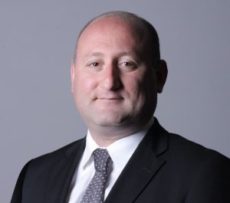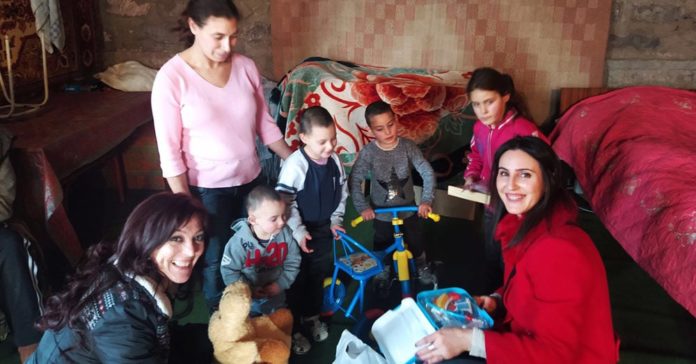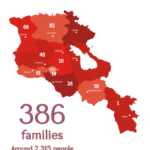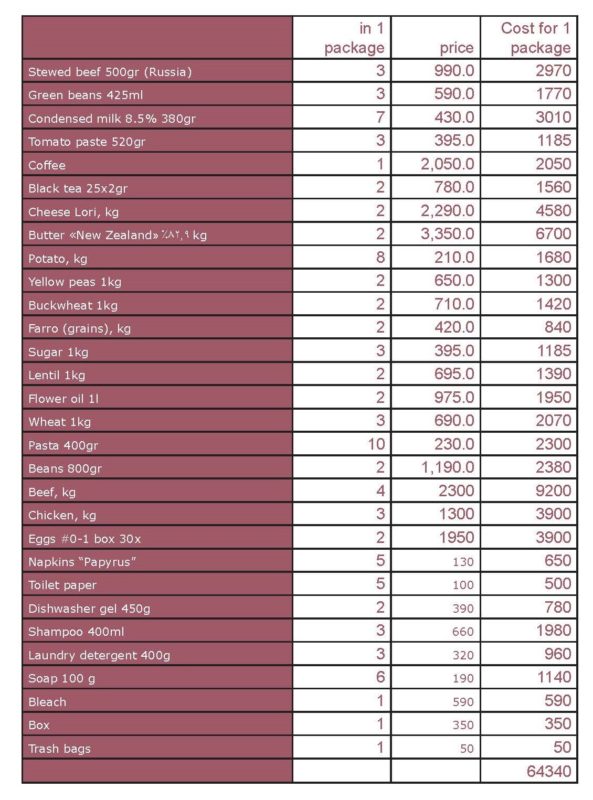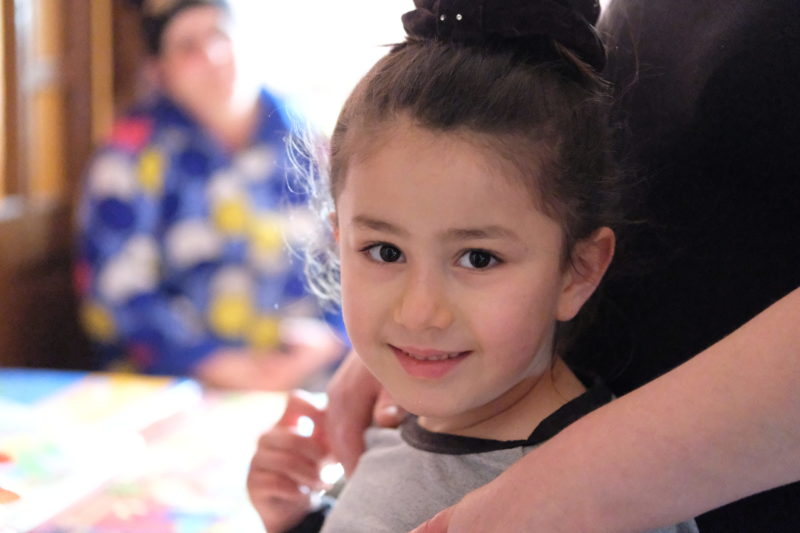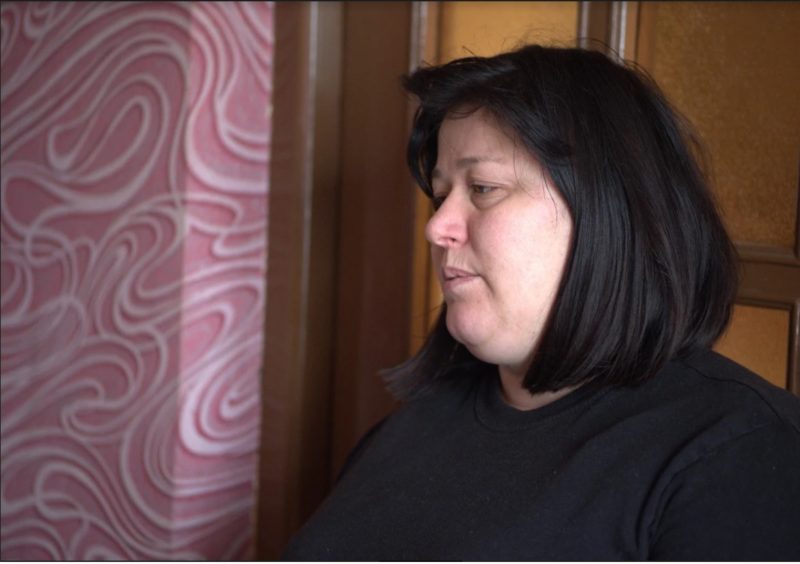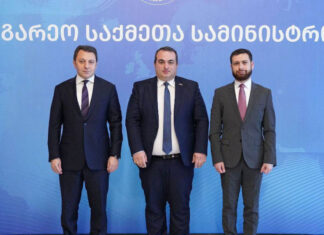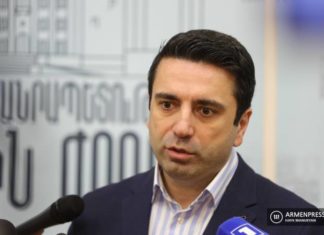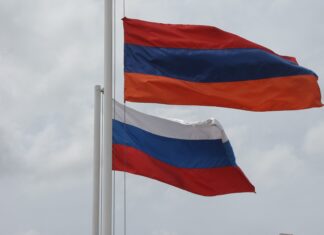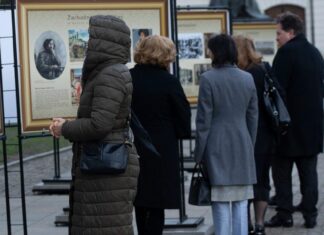ECHMIADZIN – The Artsakh war led to tens of thousands of Armenians fleeing to Armenia for refuge, while many others in Artsakh lost their homes, family members and livelihoods. There are many different humanitarian programs to help these people. One of the largest, Artsakh Outreach, was established last November by the Mother See of Echmiadzin under the direction of Catholicos of All Armenians Karekin II.
A committee of bishops and lay leaders from around the world, led by Archbishop Khajag Barsamian, Pontifical Legate of Western Europe and Representative of the Armenian Church to the Holy See (Vatican), was appointed to coordinate this effort, which is being carried out through Echmiadzin’s Social Services Department.
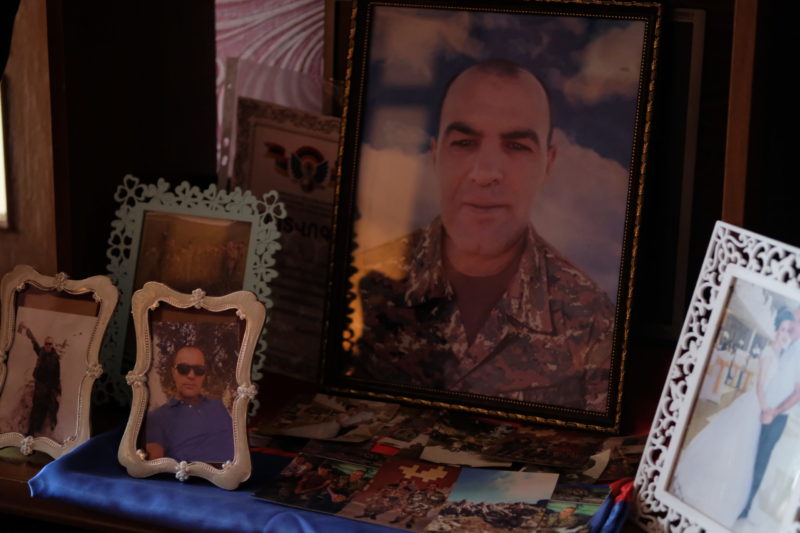
Archbishop Barsamian said that his committee includes five high-ranking clergymen aside from himself from important centers of Armenian population in Armenia, Russia, Europe, Australia and the United States, as well as nine lay representatives, again from around the world. He exclaimed, “This is the obligation of the church — to reach out to those who are in need. This is a role that has been known throughout Armenian history from at least the times of St. Nerses the Great. Several decades ago, the Armenian Church responded immediately when the Armenian earthquake of 1988 took place.” He described how Archbishop Torkom Manoogian at that time rushed to Armenia with several Armenian-American philanthropists to see what assistance was necessary.
The Approach
The initial efforts, Archbishop Barsamian explained, were to provide the immediate needs of refugees in Armenia. Consequently, they were provided with food and hygienic requirements. Once a month each family was given a package to provide them with the supplies necessary for the month. This was done throughout Armenia by means of the local dioceses, and 205 families, or 1,100 people in all, were helped. Sponsors were found in the diaspora. Later, aid was extended to 181 more families for a total of 306 families, or 2,315 people.
In addition, during this first period, Catholicos Karekin noted the dire straits of around 17,500 children in Artsakh or refugees in Armenia, as well as children of families with wounded or dead soldiers. He suggested providing each with a package of gifts. With aid from the US, Canada, Moscow and elsewhere, some $200,000 was used to prepare in each diocese gifts including a bible, toys for the mind and stationery items, worth approximately $15 per package, to be given during the holidays.
